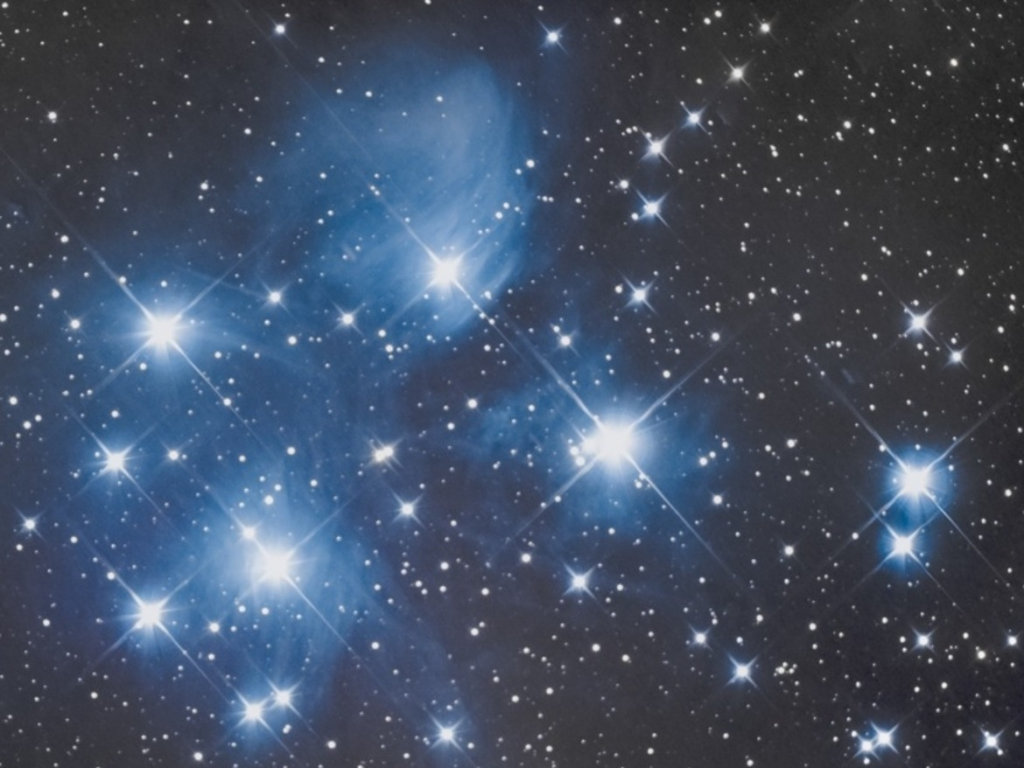When gazing at the night sky, one of the most enchanting sights is the twinkling of stars. This phenomenon has captivated humanity for centuries, inspiring poets, scientists, and dreamers alike. However, not all stars exhibit this shimmering behavior. Understanding why some stars twinkle while others shine steadily requires delving into the realms of atmospheric science and stellar characteristics.
The Nature of Twinkling
The twinkling of stars, scientifically known as “stellar scintillation,” occurs primarily due to the Earth’s atmosphere. As starlight travels through the layers of air surrounding our planet, it encounters varying temperatures, densities, and wind patterns. These atmospheric conditions cause the light to bend, or refract, as it moves toward our eyes.
When light passes through different layers of air, it can change direction slightly. If the air is stable, the light reaches our eyes in a relatively uniform manner, and the star appears to shine steadily. However, when the air is turbulent—such as on a windy night or when there are temperature gradients—the light is refracted in multiple directions. This results in the star appearing to flicker or change brightness, creating the twinkling effect.

Factors Influencing Twinkling
Several factors contribute to the degree of twinkling observed from Earth. One of the most significant is the altitude of the star in the sky. Stars that are closer to the horizon tend to twinkle more than those positioned higher in the sky. This is because the light from low-hanging stars must pass through a greater thickness of the Earth’s atmosphere, encountering more air layers and turbulence. Conversely, stars that are overhead have a shorter path through the atmosphere, resulting in less distortion and a steadier appearance.
The atmospheric conditions themselves also play a crucial role. On clear nights with minimal atmospheric disturbance, stars will twinkle less. In contrast, nights with high humidity, temperature fluctuations, or strong winds can enhance the twinkling effect. This variability is why some nights may present a dazzling display of twinkling stars, while others appear more subdued.
The Role of Distance and Brightness
Another factor influencing whether a star twinkles is its intrinsic brightness and distance from Earth. Brighter stars, such as Sirius or Vega, can often be seen twinkling even when atmospheric conditions are relatively stable. Their intense luminosity allows them to stand out against the background of the night sky, making any atmospheric disturbances more noticeable.
On the other hand, dimmer stars may not twinkle as much, or at all, because their light can be overwhelmed by the atmospheric effects. If a star is far away and not particularly bright, the light reaching Earth may be too faint to exhibit noticeable twinkling, especially if the atmosphere is relatively calm.
The Influence of Color
Interestingly, the color of a star can also affect how it appears to twinkle. Stars emit light in various colors depending on their temperature. Hotter stars tend to emit blue or white light, while cooler stars emit red or orange light. The different wavelengths of light can react differently when passing through the atmosphere.
For instance, blue light is refracted more than red light due to its shorter wavelength. This means that a blue star may appear to twinkle more than a red star under similar atmospheric conditions. This phenomenon can create a beautiful array of colors in the night sky, as different stars twinkle in varying hues.
Why Some Stars Don’t Twinkle
While twinkling is a common characteristic of many stars, some appear to shine steadily. This steadiness can be attributed to several factors:
1. Proximity to Earth: Stars that are relatively close to our planet, such as the Sun, do not twinkle. The Sun’s light travels through a minimal amount of atmosphere, and its brightness overwhelms any atmospheric disturbances. Similarly, planets like Venus and Jupiter often shine steadily because they are closer to Earth than most stars and reflect significant amounts of sunlight.

2. Planets vs. Stars: The planets in our solar system, including Mars, Saturn, and Mercury, tend to shine with a steady light. This is partly due to their proximity to Earth and their larger apparent size in the sky. Unlike stars, which are point sources of light, planets have a disc-like appearance, which makes them less susceptible to the effects of atmospheric turbulence. The larger the apparent size of an object in the sky, the less it is affected by scintillation.
3. Location in the Sky: As mentioned earlier, stars that are higher in the sky are less likely to twinkle. If you observe a star that is directly overhead, you are likely to see it shine steadily, as its light passes through a thinner layer of atmosphere compared to stars near the horizon.
The Impact of Light Pollution
In modern times, light pollution has become a significant factor affecting our ability to observe stars and their twinkling behavior. Urban areas, filled with artificial lights, can obscure the night sky and diminish the visibility of stars. As a result, many people living in cities may not experience the full beauty of a twinkling starry night.
Light pollution not only affects our ability to see stars but also alters the way we perceive their twinkling. The bright lights of a city can drown out the faint twinkling of distant stars, making it difficult to appreciate the subtleties of stellar scintillation. For those seeking to witness the true splendor of twinkling stars, escaping to darker locations away from urban lights is essential.
Twinkle, Twinkle…..
The twinkling of stars is a fascinating interplay between atmospheric conditions and the intrinsic properties of the stars themselves. While the shimmering effect can evoke a sense of wonder, it is also a reminder of the complex interactions occurring in our atmosphere. Understanding why some stars twinkle and others do not enriches our appreciation of the night sky and the celestial bodies that inhabit it.
As we continue to explore the universe, the study of stars and their behavior remains an essential aspect of astronomy. Whether through the lens of a telescope or simply by looking up on a clear night, the twinkling stars invite us to ponder the mysteries of the cosmos and our place within it.

